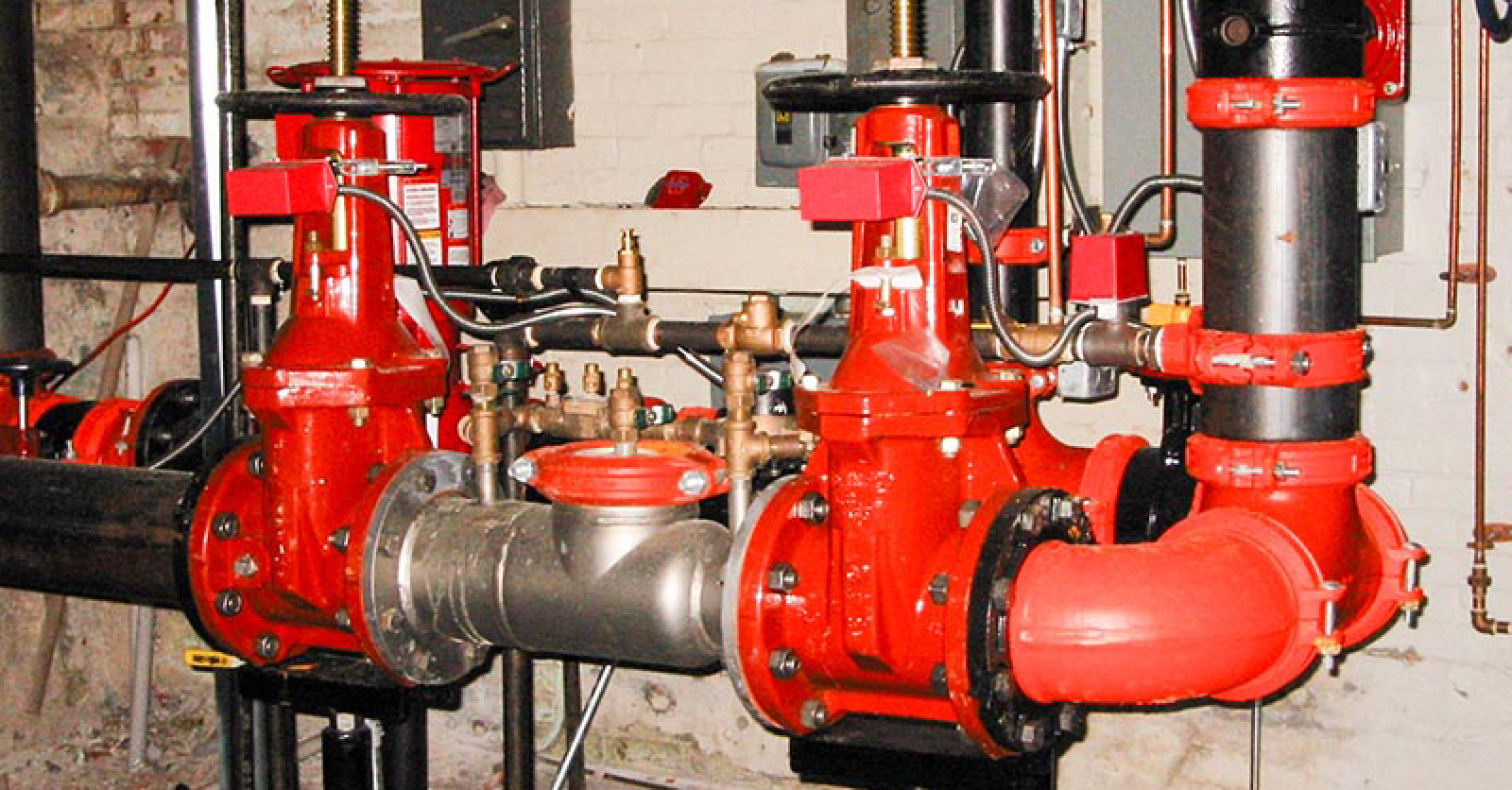Published October 11, 2016

Rack storage fire protection in warehouses and large storage facilities is a huge concern, and for good reason. If there is a fire in a large warehouse with millions of dollars of inventory stored on an extensive system of shelving and racks, there is a lot to lose. Not only can it be costly to replace inventory, the building itself can be severely damaged and workers can be exposed to many dangers if a fire were to spread.
This is why there are rules and regulations regarding the installation of sprinkler systems in these types of facilities. Issued by the National Fire Protection Association (NFPA), sprinkler codes and standards are updated as needed, and building owners and facilities managers need to be aware of these codes and regulations, or hire sprinkler systems experts like PSI, to manage their fire protection sprinklers.
The two kinds of sprinkler systems that are most commonly installed where there are solid-rack storage systems are: Early Suppression Fast Response (ESFR) systems and in-rack sprinkler systems. Each system has pros and cons, and testing and evaluations of the safety of each system are ongoing. Staying abreast of the fire sprinkler codes and regulations is necessary for any building using solid-rack storage systems.
According to the NFPA, ESFR sprinklers are designed to provide fire suppressions, rather than fire control, for a wide range of combustibles. For ESFR sprinklers to be effective, they must be installed in accordance with the special rules as detailed in the NFPA guidelines under section 8.12, with special attention given to avoidance of objects that could be obstructions to sprinkler spray patterns.
In addition, protection of palletized and solid-piled storage of Class I through Class IV commodities shall be in accordance with the following information, according to the NFPA.
ESFR sprinklers are limited to being able to protect solid-piled and palletized storage. Bin-box and shelf storage cannot be protected by ESFR sprinklers because the solid nature of the bin-box and shelf arrays blocks water discharge from the sprinklers from reaching the seat of fires originating in bin-box and shelf units. For protection of bin-box and shelf units, spray sprinklers must be used with density/area protection criteria.
As indicated by the NFPA guidelines above, solid shelving has inherent issues related to the reach of fire suppression when there is a fire. With overhead, or ceiling ESFR systems, these solid shelf obstructions can inhibit water from infiltrating the materials on the racks, especially in the back of the shelving areas. The newer, more powerful ESFR sprinkler systems have evolved over the years and are much more efficient; however, they do become less efficient the higher the ceiling is, and are less effective when the water spray is obstructed. However, shelving can be moved and there is less danger of damage to sprinkler heads.
In-rack sprinkler systems were installed frequently before the advent of the more powerful ESFR systems, but are very effective at stopping the spread of fires within solid-shelving racks. Sprinklers installed in the racks require extensive piping, and thus constant maintenance, in addition to costing more to install. Another issue with in-rack sprinklers is that moving racks or rearranging them is not possible without re-piping.
Sprinkler codes and standards are updated frequently by the NFPA, and with each update, warehouse and storage facility building owners and facilities managers should have their sprinkler systems inspected by a professional sprinkler system provider like PSI We know all the latest standards and codes, and can help you decide which system is best for your facility. Contact PSI at 508.644.2221, today for a sprinkler system inspection or estimate.